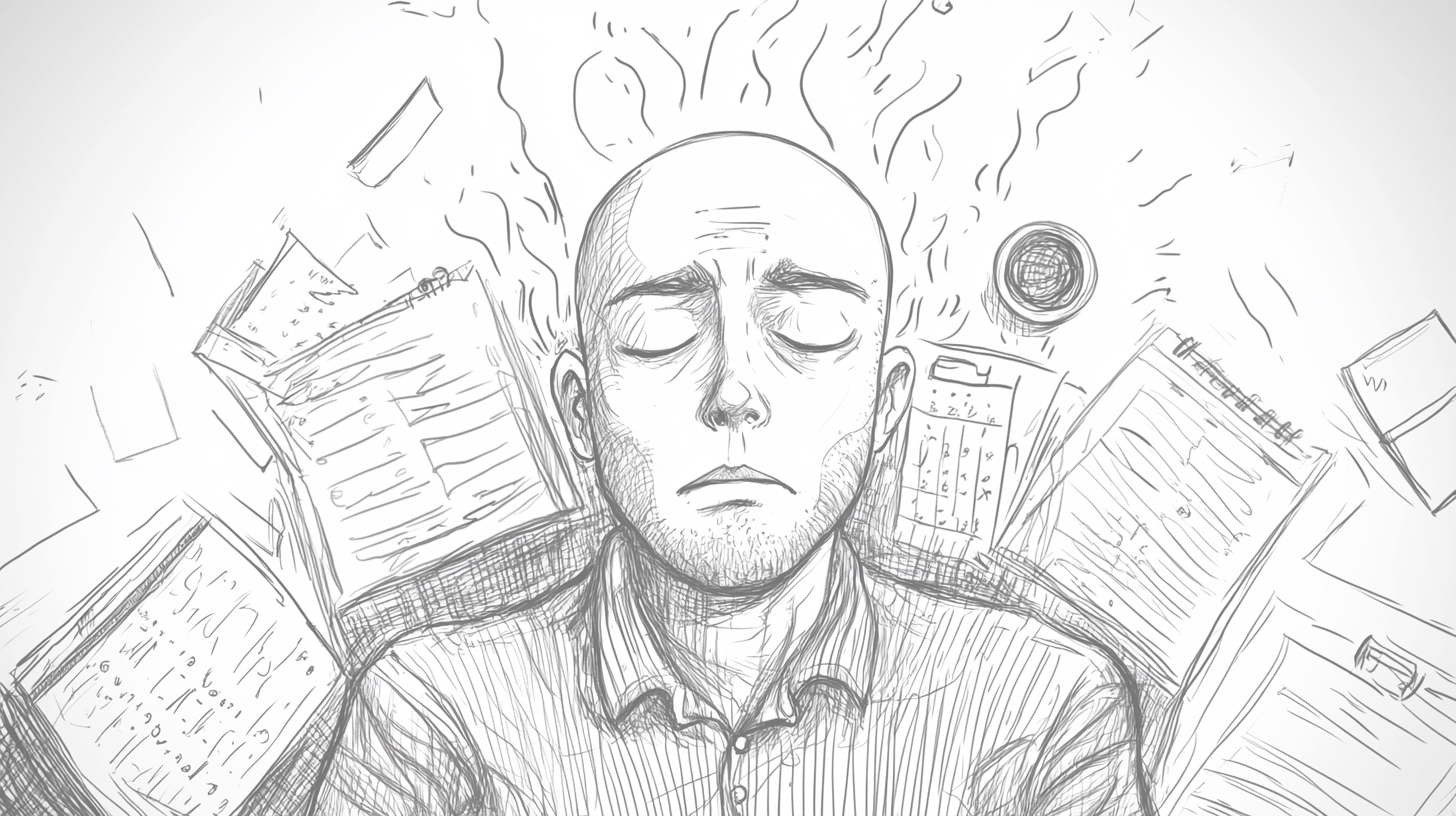Why I Created Working Hours as a Self-Employed Creative
As a self-employed creative, one of the greatest freedoms is the ability to set your own schedule. The idea of working when inspiration strikes, adjusting your hours to suit personal commitments, and following your own pace is undeniably appealing. However, despite the flexibility it offers, I’ve learned that working without a clear structure can quickly lead to an unhealthy imbalance. Some days, I struggle to get started due to a lack of routine; other times, I forget to stop working, which leads to burnout. For someone like me, living with both Asperger’s and ADHD, finding a balance between creativity and rest has been essential. Here’s why I decided to create working hours for myself, and how it’s transformed my work-life balance.
The Struggle of Flexibility: Too Much Freedom, Too Little Routine
At first, the freedom that comes with being self-employed seemed like the perfect fit for my neurodivergent needs. With ADHD, I can easily become hyper focused on tasks that capture my attention, while my Asperger’s thrives on routine and predictability. However, without clear working hours, I quickly realised that the lack of structure was creating its own set of challenges.
On some days, the absence of a routine made it difficult to even begin. My mind would jump from one idea to the next, but without a clear start time or schedule, I found it difficult to settle on any one thing. This led to procrastination and wasted hours, leaving me feeling unproductive by the end of the day.
On other days, I would lose track of time completely. Once I was in the zone, my ADHD would push me to keep going, often resulting in me working late into the evening or through weekends. Without set boundaries, I’d forget to stop, leading to physical and mental exhaustion. I found myself burned out, disconnected, and frustrated with the lack of balance.
The Pressure to Be Always “On”
The flexibility of self-employment also came with an unspoken pressure to always be available. It felt as though I needed to be constantly working, even when I wasn’t in the right mindset. I’d often push myself to be productive, thinking I was simply being disciplined, but in reality, I was wearing myself thin. For someone with Asperger’s, routine and structure provide the stability I need to feel grounded, and when I didn’t have that, I became disorientated. At the same time, my ADHD made it difficult to focus on tasks or stick to a plan, which made the whole situation feel overwhelming.
Why I Created Working Hours: The Power of Routine and Rest
It became clear that the lack of structure was taking a toll on my mental health, productivity, and creativity. So, I decided to take control by setting working hours for myself. This wasn’t about limiting my creative freedom, but about creating a balance that would allow me to enjoy my work while also protecting my personal time and well-being.
Having ADHD and Asperger’s means that structure and routine are crucial for me to function at my best. By setting defined working hours, I created a framework that allows me to focus during specific times, while also giving myself the freedom to rest when I need it. Knowing when my workday starts and ends has allowed me to create a sense of stability and routine, something that has greatly improved my mental clarity and focus.
The Benefits of Clear Boundaries
Since implementing working hours, I’ve noticed several positive changes in my work-life balance:
- Increased Focus: With clear working hours, I’m able to prioritise tasks and focus on what needs to be done during set times. Instead of constantly jumping between different projects, I can devote my attention to one task at a time, which has not only improved my productivity but also the quality of my work.
- Dedicated Time for Rest: By establishing clear boundaries, I’ve been able to honour personal time without feeling guilty. As someone with Asperger’s, downtime is essential for my mental well-being, and having dedicated time to rest and recharge has been vital to my overall health. With set hours, I know when to stop working, which has reduced my feelings of burnout.
- Reduced Anxiety: Having a structured schedule has alleviated some of the stress that comes with always feeling “on”. There’s no longer the nagging feeling that I should be working during my personal time. This has given me peace of mind, knowing that I can fully enjoy my downtime without the constant pressure to be productive.
- Clear Transition Between Work and Life: Perhaps most importantly, working hours have given me a clear transition between work and personal life. Whether it’s spending time with loved ones, pursuing hobbies, or simply taking a break, I now have the space to do these things without feeling like I should be working.
Finding the Right Balance
For me, creating working hours wasn’t about stifling my creativity; it was about finding a rhythm that worked for both my professional goals and personal well-being. It has allowed me to work with intention and focus, while also giving myself permission to rest. The balance between creative passion and self-care is delicate, but with the right structure, I’ve found that it’s possible to thrive in both areas.
As a self-employed creative with Asperger’s and ADHD, setting working hours has been one of the most important decisions I’ve made to support my mental health and productivity. It’s helped me embrace flexibility without sacrificing my well-being. If you’re a self-employed creative who finds it difficult to maintain that balance, I encourage you to set working hours for yourself. It could be the key to unlocking your full potential and sustaining a fulfilling career.


No Comments